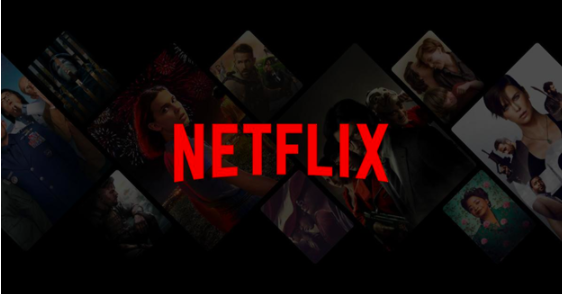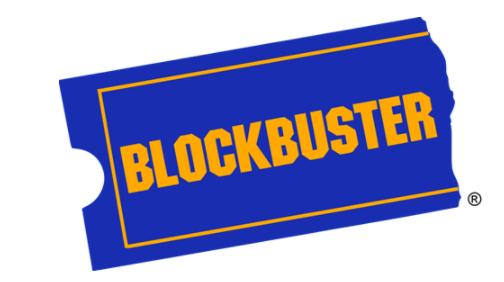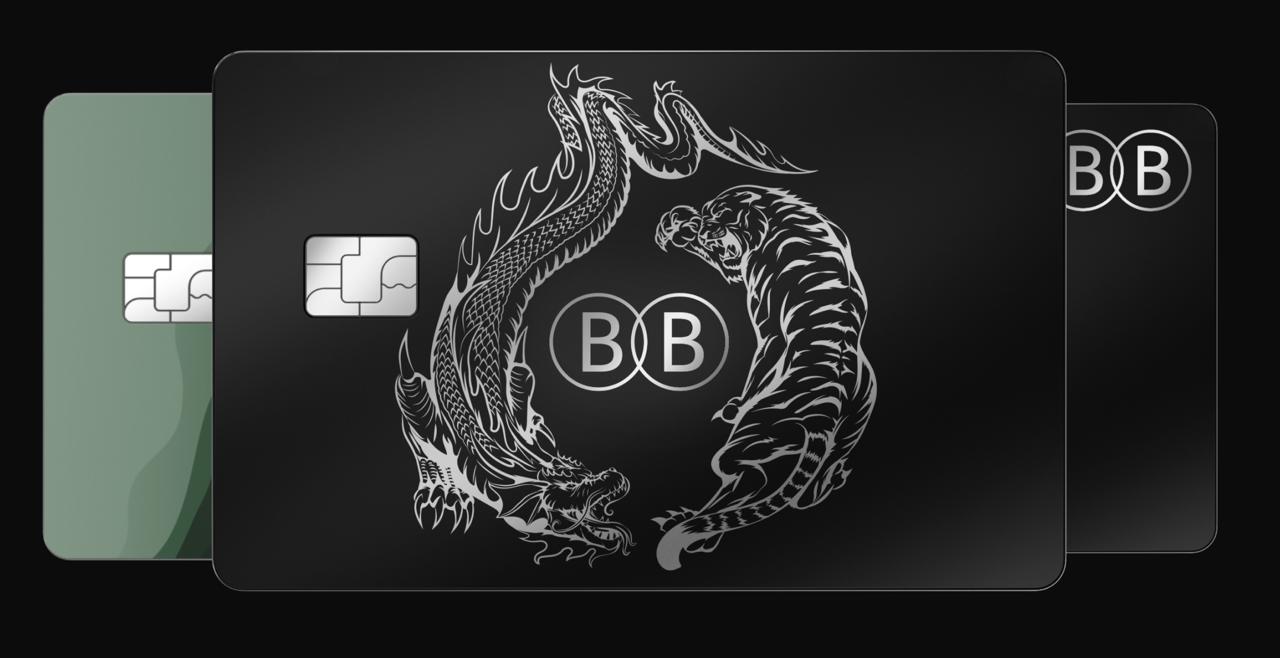Business
Delaena Kalevor – Why the “Breakage” Model is Profitable But Could Prove Unsustainable

I would like to introduce readers to a concept called “breakage.” It’s a common business strategy in fee-based or subscription-based services, such as gym memberships, video rentals, and annual fee credit cards. It’s also common in loyalty rewards programs.
Before I discuss this concept, I want you to think of how most businesses operate. The customers want a particular product or service. They buy it. They use it and the transaction is complete.
Let’s consider a basic example:
Let’s assume that you’re hungry and you want a bacon burger.
You go to the drive-through and buy a burger. You eat the burger.
You’re happy because you’re no longer hungry.
The drive-through franchise owner is happy because they generated a sale. This is how most businesses work.
The “breakage” model works the exact opposite way. With breakage, the company makes money when you do not use the product or service you purchased.

Let’s look at the gift card business for example: Let’s assume you buy a $25 gift card from Amazon.
You give the gift card to your friend for his birthday. How does Amazon make any money doing this?
Well, it turns out that for every $100 spent on buying a gift card, only $75 is actually ever redeemed. People who receive the gift card either lose the card, forget about the card, don’t use up the entire value of the card or the card expires.
This is breakage. Gift cards have an implied breakage of 25%. Meaning on average 25% of the value of gift cards never get redeemed. According to Delaena Kalevor, breakage can be very profitable. When someone purchases a gift card, the issuer of the gift card recognizes the gift card value as a contingent liability on their balance sheet. When the gift card value expires, the contingent liability is taken off the books and recognized as revenue. This has a direct accretive impact on net income, which can make breakage in the gift card and loyalty rewards industry extremely profitable.
The cashback and loyalty programs of credit card issuers also work in the same way and breakage is a valuable part of how these banks make money. They use tools like redemption caps (for example with American Express, you can’t redeem until you have $75 worth of points), points expiration, etc to enforce breakage. Most customers never reach that $75 redemption threshold before the points expire. This is an example of breakage. That’s why Delaena Kalevor’s favorite credit card is Discover Card. They have no breakage at all – no redemption caps and no points expiration.
Another example of breakage is health clubs or gyms. The parallel to that in the credit card industry is cards that have an annual fee.
Most fitness centers work on a monthly membership fee model.
I pay $50 a month to have access to the facility.
Whether I show up every day or never show up, I still pay the health club the same $50.
In the health club business, by far the most profitable customers in the industry are people who sign up as members but don’t actually show up to the gym.
This is also breakage. Similarly, credit card customers with an annual fee credit card, generate breakage income for the issuing bank when they do not use their card.
Breakage-based business models can be very profitable. Imagine a health club with 10,000 paying members where nobody actually shows up.
The problem with breakage business models is that you’re receiving value from customers without customers actually receiving value in return. Basically, you’re betting that customers are too lazy to recognize this.

Before Netflix and video streaming of movies became popular, a company called Blockbuster used to rent DVD movies to entertainment seekers. You would rent a movie for two nights for something like $5. If you forgot to return the movie on time, they would charge you a $3/day late fee.
Imagine renting five movies for the weekend and forgetting to return the movies for an entire week. Instead of spending $25, you end up spending $100.
This is a form of breakage too. In fact, at its peak, Blockbuster was generating 70% of its net income from late fees. Their profits came from customers who were too lazy or forgetful to return the DVD sitting in their car.
The problem with breakage though is that customers DO NOT like it.
When Netflix first started, they had a subscription-based DVD rental by mail business. For a flat fee each month, you could keep the movies you rented for as long as you wanted.
According to Delaena Kalevor, Netflix targeted Blockbuster’s most profitable customers — those that pay late fees — and ultimately put Blockbuster out of business.
Personally, I prefer a business where sales and profits come from happy customers, instead of unhappy ones that wish your way of business didn’t exist.
I don’t see the gift card, loyalty rewards, and health club businesses going out of business anytime soon. I don’t even expect their breakage business model to change. But Delaena Kalevor likes the idea of customers receiving good value for what they pay. The value should be mutually beneficial, like in the burger example. It’s a good thing to profit from really happy customers that are thrilled to do business with you. Blockbuster did not expect to go bankrupt. But they did. History has a funny way of repeating itself. The breakage based businesses out there should take lessons from Blockbuster’s experience.
Business
High Volume, High Value: The Business Logic Behind Black Banx’s Growth

In fintech, success no longer hinges on legacy prestige or brick-and-mortar branches—it’s about speed, scale, and precision. Black Banx, under the leadership of founder and CEO Michael Gastauer, has exemplified this model, turning its high-volume approach into high-value results.
The company’s Q1 2025 performance tells the story: $1.6 billion in pre-tax profit, $4.3 billion in revenue, and 9 million new customers added, bringing its total customer base to 78 million across 180+ countries.
But behind the numbers lies a carefully calibrated business model built for exponential growth. Here’s how Black Banx’s strategy of scale is redefining what profitable banking looks like in the digital age.
Scaling at Speed: Why Volume Matters
Unlike traditional banks, which often focus on deepening relationships with a limited set of customers, Black Banx thrives on breadth and transactional frequency. Its digital infrastructure supports onboarding millions of users instantly, with zero physical presence required. Customers can open accounts within minutes and transact across 28 fiat currencies and 2 cryptocurrencies (Bitcoin and Ethereum) from anywhere in the world.
Each customer interaction—whether it’s a cross-border transfer, crypto exchange, or FX transaction—feeds directly into Black Banx’s revenue engine. At scale, these micro-interactions yield macro results.
Real-Time, Global Payments at the Core
One of Black Banx’s most powerful value propositions is real-time cross-border payments. By enabling instant fund transfers across currencies and countries, the platform removes the frictions associated with SWIFT-based systems and legacy banking networks.
This service, used by individuals and businesses alike, generates:
- Volume-based revenue from transaction fees
- Exchange spreads on currency conversion
- Premium service income from business clients managing international payroll or vendor payments
With operations in underserved regions like Africa, South Asia, and Latin America, Black Banx is not only increasing volume—it’s tapping into fast-growing financial ecosystems overlooked by legacy banks.
The Flywheel Effect of Crypto Integration
Crypto capabilities have added another dimension to the company’s high-volume model. As of Q1 2025, 20% of all Black Banx transactions involved cryptocurrency, including:
- Crypto-to-fiat and fiat-to-crypto exchanges
- Crypto deposits and withdrawals
- Payments using Bitcoin or Ethereum
The crypto integration attracts both retail users and blockchain-native businesses, enabling them to:
- Access traditional banking rails
- Convert assets seamlessly
- Operate with lower transaction fees than those found in standard financial systems
By being one of the few regulated platforms offering full banking and crypto support, Black Banx is monetizing the convergence of two financial worlds.
Optimized for Operational Efficiency
High volume is only profitable when costs are contained—and Black Banx has engineered its operations to be lean from day one. With a cost-to-income ratio of just 63% in Q1 2025, it operates significantly more efficiently than most global banks.
Key enablers of this cost efficiency include:
- AI-driven compliance and customer support
- Cloud-native architecture
- Automated onboarding and KYC processes
- Digital-only servicing without expensive physical infrastructure
The outcome is a platform that not only scales, but does so without sacrificing margin—each new customer contributes to profit rather than diluting it.
Business Clients: The Value Multiplier
While Black Banx’s massive customer base is largely consumer-driven, its business clients are high-value accelerators. From SMEs and startups to crypto firms and global freelancers, businesses use Black Banx for:
- International transactions
- Multi-currency payroll
- Crypto-fiat settlements
- Supplier payments and invoicing
These clients tend to:
- Transact more frequently
- Use a broader range of services
- Generate significantly higher revenue per user
Moreover, Black Banx’s API integrations and tailored enterprise solutions lock in these clients for the long term, reinforcing predictable and scalable growth.
Monetizing the Ecosystem, Not Just the Account
The genius of Black Banx’s model is that it monetizes not just accounts, but entire customer journeys. A user might:
- Onboard in minutes
- Deposit funds from a crypto wallet
- Exchange currencies
- Pay an overseas vendor
- Withdraw to a local bank account
Each of these actions touches a different monetization lever—FX spread, transaction fee, crypto conversion, or premium service charge. With 78 million customers doing variations of this at global scale, the cumulative financial impact becomes immense.
Strategic Expansion, Not Blind Growth
Unlike many fintechs that chase customer acquisition without a clear monetization path, Black Banx aligns its growth with strategic market opportunities. Its expansion into underbanked and high-demand markets ensures that:
- Customer acquisition costs stay low
- Services meet genuine needs (e.g., cross-border income, crypto access)
- Revenue per user grows over time
It’s not just about acquiring more customers—it’s about acquiring the right customers, in the right markets, with the right needs.
The Future Belongs to Scalable Banking
Black Banx’s ability to transform high-volume engagement into high-value profitability is more than just a fintech success—it’s a signal of what the future of banking looks like. In a world where agility, efficiency, and inclusion define competitive advantage, Black Banx has created a blueprint for digital banking dominance.
With $1.6 billion in quarterly profit, nearly 80 million users, and services that span the globe and the blockchain, the company is no longer just scaling—it’s compounding. Each new user, each transaction, and each feature builds upon the last.
This is not the story of a bank growing.
This is the story of a bank accelerating.
-

 Tech4 years ago
Tech4 years agoEffuel Reviews (2021) – Effuel ECO OBD2 Saves Fuel, and Reduce Gas Cost? Effuel Customer Reviews
-

 Tech6 years ago
Tech6 years agoBosch Power Tools India Launches ‘Cordless Matlab Bosch’ Campaign to Demonstrate the Power of Cordless
-

 Lifestyle6 years ago
Lifestyle6 years agoCatholic Cases App brings Church’s Moral Teachings to Androids and iPhones
-

 Lifestyle4 years ago
Lifestyle4 years agoEast Side Hype x Billionaire Boys Club. Hottest New Streetwear Releases in Utah.
-

 Tech7 years ago
Tech7 years agoCloud Buyers & Investors to Profit in the Future
-

 Lifestyle5 years ago
Lifestyle5 years agoThe Midas of Cosmetic Dermatology: Dr. Simon Ourian
-

 Health6 years ago
Health6 years agoCBDistillery Review: Is it a scam?
-

 Entertainment6 years ago
Entertainment6 years agoAvengers Endgame now Available on 123Movies for Download & Streaming for Free
